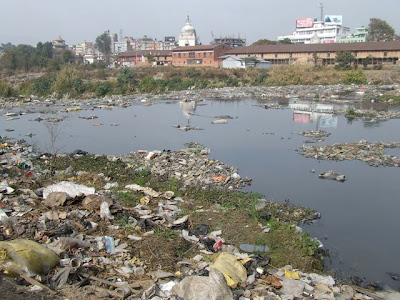The bark is stripped, which can be later used for basket weaving. The inner fibres are boiled and simmered overnight in a solution of water and wood ash before being beaten and rubbed in soil to help separation. After the fibres have been dried in the sun, they are spun on a hand spindle. This spinning process is time consuming and may take one person one day to produce 100 grammes of nettle yarn.
A great number of Nepal's population live in the hill areas and self sufficiency is usually a necessity. Nettle is a valuable raw material that provides a source of food, medicine, fodder and most importantly fibre. With farms unable to provide food all year round, nettle fibre provides the necessary income to ensure there is food on the table all through the year. One village that is well known as a nettle fibre producing area is Sankhuwasava which lies about 60km South-East of Mt. Everest. Sankhuwasava is an area that interests us greatly and provides some of our products, for example our 100% nettle shawl. Sankhuwasava is the subject of a very informative book written by Susi Dunsmore, titled "The Nettle In Nepal" it provides details of all aspects of harvesting , production and the farmer's lifestyle. This book comes highly recommended to those with an interest in nettle or traditional textile crafts. Through the promotion of Himalayan Giant Nettle we believe nettle can become a valuable commodity for the villagers and an international demand for this fibre would guarantee a stable income. This income would be vital for ensuring the continuation of traditional skills and improve access to some of life's basic needs, ie. healthcare and education.

Natural fibres, Natural dyes and Original designs. sorazora.com








